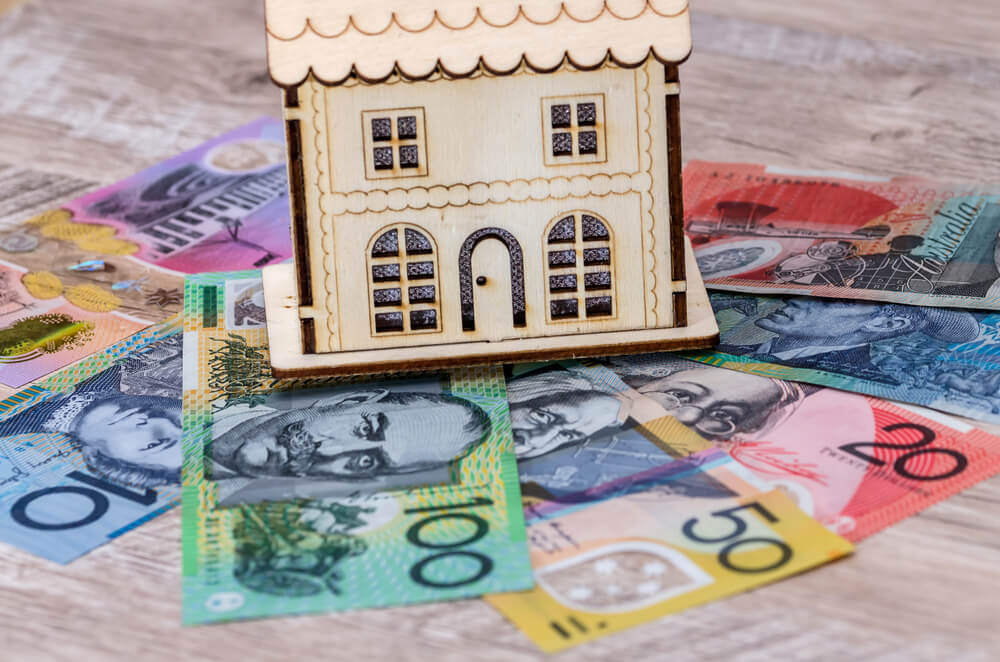Foreign economies invested $3.3 trillion in Australia by the end of 2017, according to the Australian Government’s Department of Foreign Affairs and Trade, with Americans leading the investment ranking at $896.9 billion in 2017.
While property downsizing remains a popular and effective method to reduce the burden of unnecessary costs during retirement, owning property and managing rentals is arguably one of the most effective ways of avoiding financial worries during retirement.
Retiring Comfortably in Australia
Interestingly enough, Americans might find the idea of investing in Australian property and retiring as expats in Australia a fairly attractive idea. If tempted by a possible move, it’s a good idea to get a feel for the economic situation for retirees in Australia beforehand.
Daniel Walsh is a property investor in Australia who believes that retirees will need not one, but three properties in their names upon retiring. He bases his investment property theory on figures published by the Association of Superannuation Funds of Australia (ASFA).
According to the ASFA, the average couple retiring today will need $60,457 AUD per year to enjoy retired life without constantly fretting over money.
The good news is that Australian home prices fell 0.1 percent in May. More specifically, they fell 0.2 percent in Sydney and 0.5 percent in Melbourne, according to information that was published by property analytics group Core Logic and discussed in-depth via Retire and Wealth. This means that Americans looking to buy should benefit from the current market context and might want to invest while prices remain lower.
An Overview of the Australian Property Market
It’s also relevant to note that, irrespective of the fall in home prices, property ownership in Australia has been declining since the late 1960s. It’s a reality that began after a brief and acute increase in buyers during the post Second World War era.
However, if the property is in good condition and in a good location, the professional investor opinion is that it will hold its value and remain a lucrative form of income during retirement, even for foreign investors.
Americans edging toward retirement should seriously consider investing in Australian property, as the regular income that can be secured via the Australian rental market today offers peace of mind during retirement, whether choosing to emigrate to the country or not.
The Peace of Mind That Comes From Owning a Home
On a related topic, living in rented accommodations during retirement doesn’t just generate financial concerns. Living in rented accommodations can be stressful for retirees when they’re unable to make the necessary modifications to their homes to create a safer and more comfortable environment for them to live in.
Home solution technologies, including motion sensors, wireless intercoms and automatic door openers, can really make a difference to the daily routine of many retirees. But unless you are the rightful owner of the property, making modifications of this kind is rarely possible, which is just another example of how owning property and living in it during retirement is the safest option for most retirees.
On a final note, there’s a lot to be said for studying the financial needs of each individual in turn. Some seniors upon reaching retirement, will have greater expenses than others to cover. For example, some plan to travel, others don’t. Some would like to remain a source of financial support for their children and grandchildren. Some do everything within their power to retire early, while others want to stay working full-time for as long as possible.
So, while it’s fair to say that investing in property, and particularly in Australia at present, can never be a bad idea, it’s important to remember that the amount of money needed to support the average American through retirement differs greatly. It all depends on what kind of retirement is hoped for.
